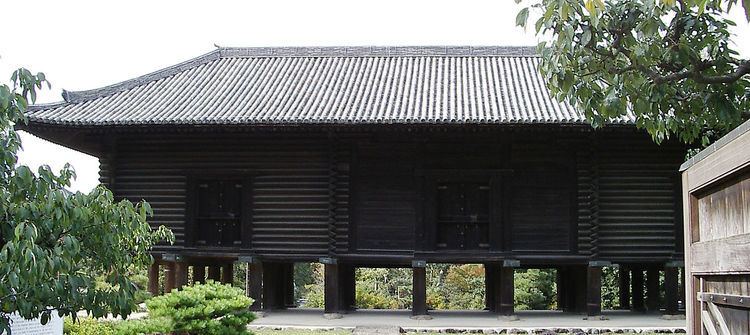645–650 Taika 686–686 Shuchō 704–708 Keiun Period October 1751 – June 1764 | 650–654 Hakuchi 701–704 Taihō 708–715 Wadō Location Japan | |
 | ||
Hōreki (宝暦), also known as Horyaku, was a Japanese era name (年号,, nengō,, lit. "year name") after Kan'en and before Meiwa. The period spanned the years from October 1751 through June 1764. The reigning emperor and empress were Momozono-tennō (桃園天皇) and Go-Sakuramachi-tennō (後桜町天皇).
Contents
Change of era
The previous era could be said to have ended and the new era is understood to have commenced in Kan'en 4, on the 27th day of the 10th month; however, this nengō was promulgated retroactively. The Keikō Kimon records that the calendar was amended by Imperial command, and the era was renamed Hōreki on December 2, 1754, which then would have become 19th day of the 10th month of the 4th year of Hōreki.
Events of the Hōreki era
References
Hōreki Wikipedia(Text) CC BY-SA
